#carter g woodson
Text
Black History Month
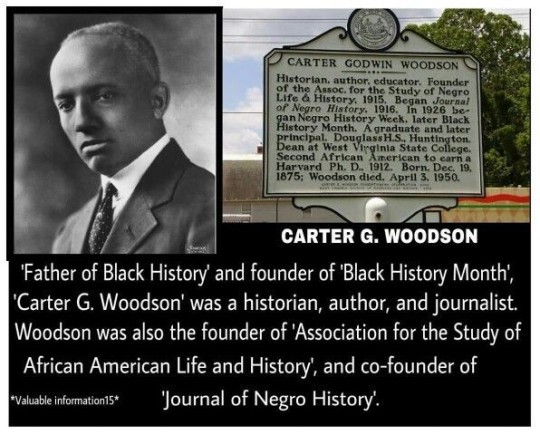
#black tumblr#black history#black literature#black excellence#black community#civil rights#black history is american history#blackexcellence365#carter g woodson#black history month#founder of black history#black archives#black culture
763 notes
·
View notes
Text

Today In History
Dr. Carter Godwin Woodson, was born in New Canton, VA, on this date December 19, 1875. Woodson had worked as a sharecropper, miner and various other jobs during his childhood to help support his large family. Though he entered high school late, he made up for lost time, graduating in less than two years. After attending Berea College in Kentucky, Woodson worked in the Philippines as an education superintendent for the U.S. government. He earned his bachelor’s and master’s degrees at the University of Chicago before entering Harvard. In 1912, three years before founding the ASNLH (Association for the Study of Negro Life and History).
Dr. Carter G. Woodson became the second African American to receive a doctorate from Harvard University after W.E.B. Du Bois.
Woodson believed that young African Americans in the early 20th century were not being taught enough of their own heritage, and the achievements of their ancestors. In 1921 Woodson started his own publication the Associated Publishers Press and housed it at his row house on Ninth Street in Washington D.C. He then turned to his fraternity, Omega Psi Phi, who helped create Negro History and Literature Week in 1924.
In February 1926, Woodson sent out a press release announcing the first Negro History Week. As early as the 1940s, efforts began to expand the week of public celebration of African American heritage and achievements into a longer event. In 1976, on the 50th anniversary of the first Negro History Week, the Association officially made the shift to Black History Month.
Woodson dedicated his career to the field of African American history and lobbied extensively to establish Black History Month as a nationwide institution. He wrote many historical works, including the 1933 book The Mis-Education of the Negro.
We honor Dr. Carter G. Woodson legacy through CARTER™️ Magazine, extending his vision for making African American history available for everyone 365 days a year.
CARTER™️ Magazine
#carter magazine#carter#historyandhiphop365#wherehistoryandhiphopmeet#history#cartermagazine#today in history#staywoke#blackhistory#blackhistorymonth#dr carter g woodson#carter g woodson
90 notes
·
View notes
Text

55 notes
·
View notes
Text

130 notes
·
View notes
Photo
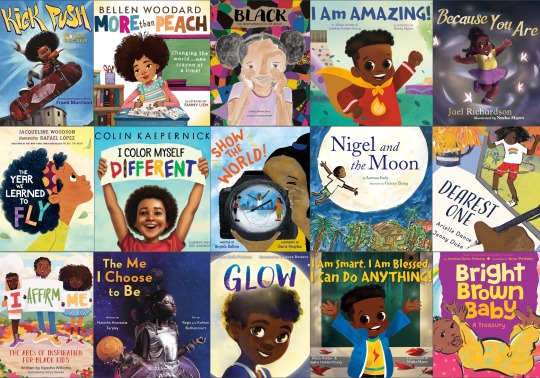


Confident You!: 45 Picture Books for Black History Month and Every Month
106 notes
·
View notes
Text
8 notes
·
View notes
Text
BHM Fact #6
5 notes
·
View notes
Text
Black History Month -- Carter G. Woodson
Today is February 1st and, as such, is the first day of Black History Month, celebrated in the U.S. throughout the month. For literally centuries Black people have been sold into slavery, abused, brutalized, and murdered for no reason other than the colour of their skin. The saddest thing of all is that in this, the 21st century, there are still large numbers of people who believe that Black…

View On WordPress
#ASNLH#Black History Month#Carter G Woodson#Civil Rights movement#President Barack Obama#W.E.B. DuBois
2 notes
·
View notes
Text
It's not just that the Black and white Woodsons tell the story of America's past, from the first enslavers to the ship that brought the first Africans to America to the man responsible for Black History Month. It's that they also give us a possible path forward, a vision of what it might mean to recognize our histories are all tangled up in each other. That Black people are a part of every American origin story. The exact kind of history for which Carter G. Woodson fought.
—Barbara Dunn
1 note
·
View note
Text
Milwaukee Independent: Reggie Jackson: The little-known history of Black History Month

“Those who have no record of what their forebears have accomplished lose the inspiration which comes from the teaching of biography and history.” – Dr. Carter G. Woodson, Founder of Black History Month
“The foremost purpose of Black History Month is to make all Americans aware of this struggle for freedom and equal opportunity. It is also a time to celebrate the many achievements of Blacks in every field, from science and the arts to politics and religion. It not only offers Black Americans an occasion to explore their heritage, but it also offers all Americans an occasion and opportunity to gain a fuller perspective of the contributions of Black Americans to our Nation. The American experience and character can never be fully grasped until the knowledge of Black history assumes its rightful place in our schools and our scholarship.” – President Ronald Reagan, Proclamation 5443, National Black (Afro-American) History Month, 1986
Ever since more than 200,000 Black men joined the Union Army and Navy, helping to turn the tide of the U.S. Civil War in favor of the Union, leading to the end of legal slavery, and freeing the nearly four million enslaved Black people, we have celebrated our journey and our progress as a people.
In 1915, fifty years after emancipation, Dr. Carter G. Woodson, was in Chicago with thousands of other Black people looking at exhibits celebrating Black life. While attending this event he decided on September 9, 1915 – along with several colleagues – to form the Association for the Study of Negro Life and History, now known as the Association for the Study of African American Life and History, as a way to promote the scientific study of Black life and history.
The following year he published the first Journal of Negro History. Woodson wanted to keep up the tradition of celebrating our people, which was done consistently each year after slavery ended. In 1924, Woodson and his fraternity brothers from Omega Psi Phi, created Negro History and Literature Week. They later renamed it Negro Achievement Week.
Two years later Woodson sent out a press release announcing Negro History Week in February 1926. He picked February to take advantage of the celebrations by Blacks around the country for the lives of Frederick Douglas on February 14 and Abraham Lincoln on February 12, during the week of their births. He asked people around the country to: organize their communities for the celebration, appeal to their boards of education to adopt textbooks on Negro History, raise funds to purchase books related to Negro history for local schools and libraries, and gather documents on their family history to share, organize local chapters of the ASNLH.
This celebration was a continuation of efforts to acknowledge the progress we made as a people since gaining freedom from slavery. In 1937 the great educator, Mary McLeod Bethune, suggested that Woodson establish the Negro History Bulletin which would document our history and offer an annual theme for the celebration. As a result of these efforts, teachers demanded materials for their schools, and cities across the country issued proclamations acknowledging Negro History Week.
Schools across the South expanded their efforts to teach Black history. Freedom schools established during the Civil Rights Movement taught specific courses on Black history. As Blacks discarded the use of the term Negro, the celebration was changed to Black History Month. In 1976 Black leaders advocated for extending the celebration for the entire month of February, as was already being done in several cities. For the first time ever, U.S. presidents issued proclamations endorsing Black History Month.
Finally in 1986, a joint effort in both houses of Congress came about to acknowledge the importance of Black History Month. President Reagan issued Proclamation 5443 on February 24, where he spoke about why Black History Month is important to all Americans.
As we approach the 100th anniversary of the first formal Negro History Week celebration, it is important that we acknowledge the work of Dr. Woodson, the second Black person to receive a doctorate degree from Harvard, and keep in mind that Black History is American History.
We live in a time where far too many people are attempting to scare us into eliminating this history being taught in our schools. We cannot stand for such foolishness. We must be ever vigilant to not erode the progress we have made over decades. I celebrate our history 24 hours a day, 365 days each year because I am so proud of the community that I come from.
The trials and tribulations of Black people show our resilience and why we should be celebrated for our contributions to this country. Let us not treat it like Black Trivia Month, as far too many do in my opinion. We have so much to gain from taking pride in the work we have done to move the country toward those original ideals of the Founding Fathers, even if we have been denied membership in that world for far too long.
If President Reagan, a very conservative Republican, very publicly advocated for Black History Month, there is no reason current GOP members cannot have the same reverence for Black history.
“Black history in the United States has been a proving ground for America’s ideals. A great test of these ideals came with the Civil War and the elimination of slavery. Another test came a century later, in the struggle for practical recognition of the rights already won in principle—the abolition of legalized segregation and second-class citizenship.” – President Ronald Reagan, Proclamation 5443, National Black (Afro-American) History Month, 1986
“There is no more powerful force than a people steeped in their history. And there is no higher cause than honoring our struggle and ancestors by remembering.” – Dr. Carter G. Woodson, Founder of Black History Month
0 notes
Text

In 1922, Carter G. Woodson, known as “the father of Black history.
1 note
·
View note
Text
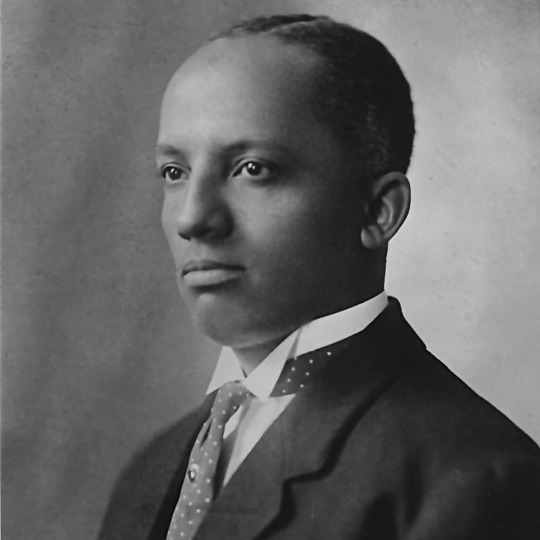
“The oppressor has always indoctrinated the weak with his interpretation of the crimes of the strong..”
“Those who have no record of what their forebears have accomplished lose the inspiration which comes from the teaching of biography and history.“
“At this moment, then, the Negroes must begin to do the very thing which they have been taught that they cannot do.”- Dr. Carter G. Woodson
CARTER™️ Magazine carter-mag.com #wherehistoryandhiphopmeet #historyandhiphop365 #cartergwoodson #cartermagazine #carter #blackhistorymonth #blackhistory #history #staywoke
#carter magazine#carter#historyandhiphop365#wherehistoryandhiphopmeet#history#cartermagazine#today in history#staywoke#blackhistory#blackhistorymonth#carter g woodson
45 notes
·
View notes
Text

26 notes
·
View notes
Text
Today in Black History
December 16 Negro Methodist Episcopal Church founded in Jackson, TN, 1890 Andrew Young named Ambassador and Chief US Delegate to the United Nations, 1976
December 17
December 18 Congress passed 13th Amendment abolishing slavery, 1865
December 19 Carter G Woodson, historian and father of Black History Month, born 1875-1950
December 20 Mother Matelda Beasley, nun, born 1834-1903 South Carolina secedes from the union, initiating the Civil War, 1860
December 21
December 22 Henry Highland Garnet, abolitionist, born 1815-1882
December 23 Alice H. Parker received a patent for the gas heating furnace, 1919
December 24
December 25 Operation PUSH (People United to Save Humanity) organized by Rev Jesse Jackson, 1971
5 notes
·
View notes
Text
According to historians, this is the true reason Black History Month occurs. The shortest month of the year, February
Frederick Douglass
Many wonder why Black History Month falls in February, which is the shortest month of the year. Historians claim there is an easy solution: Black History Month, which started off as Negro History Week in 1926, is observed in February because it falls on the birthdays of Frederick Douglass and President Abraham Lincoln, two significant abolitionists.
Lincoln was born on…
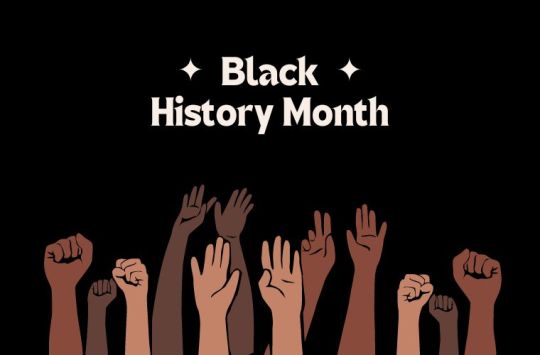
View On WordPress
#Abraham Lincoln#Black History Month#black student strike UW-Madison#carter G. Woodson#Demand Letter#February#Frederick Douglass#Latest#Valentines Day
4 notes
·
View notes
Text
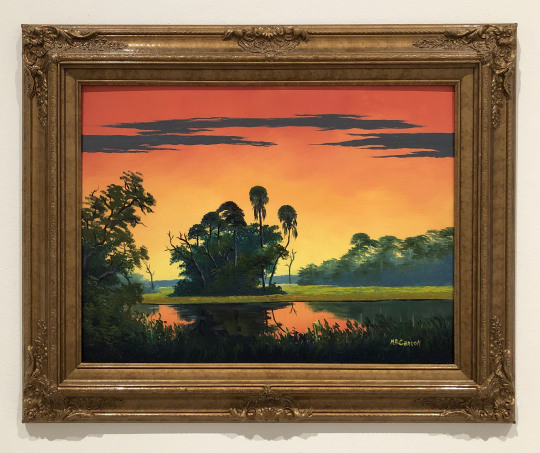
Mary Ann Carroll (1940-2019), “Untitled (Backcountry Twilight)”, n.d., Oil on Masonite board
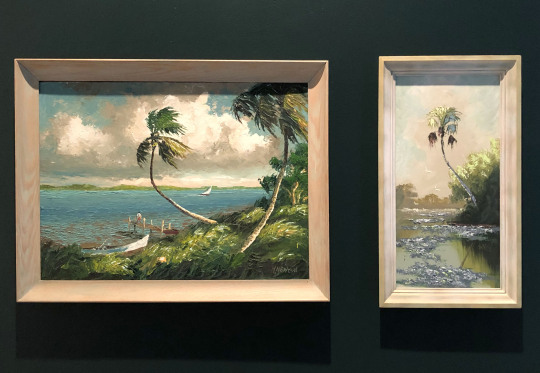
Harold Newton (1934-1991), “Untitled (Painting of the Indian River)”, c. 1958, Oil on Upson board; Alfred Hair (1941-1970), “Untitled (Marshland with palm), c. 1958, Oil on Upson board
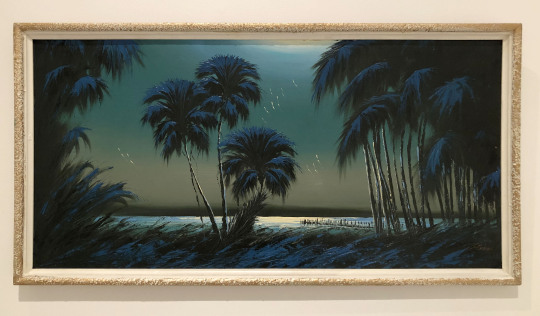
James Gibson (1938-2017) “Untitled (Moonlit palms)”, n.d., Oil on Upson board
In early 2021, Tampa Museum of Art presented the work of Florida’s famous Highwaymen painters in the exhibition Living Color: The Art of the Highwaymen.
From the museum-
The Highwaymen are a group of African American artists celebrated for their distinctive paintings of Florida’s natural environment. Working in and around the Fort Pierce area beginning in the 1950s, these self-taught artists depicted the state’s scenic coastline and wild backcountry, often in dazzling combinations of color and tone. Brilliant tropical sunsets, windblown palms, towering sunlit clouds, and blooming poinciana trees are among the many subjects that have become iconic images of Florida in part because of the paintings that the Highwaymen created. In the state’s postwar boom years their paintings found an enthusiastic audience among a growing population of new residents and visitors. Unrecognized by the region’s art establishment of galleries and museums, the Highwaymen by necessity catered directly to their patrons, selling their paintings door-to-door along such thoroughfares as Route 1. It was from this practice that the name “Highwaymen” was later coined.
The popularity of Highwaymen paintings waned in the 1980s as the vision of Florida was reimagined by an ever-increasing population and once-pristine landscapes were lost to development. Then in the mid-1990s a new generation of collectors, with fresh eyes, rediscovered the paintings and began to assemble significant collections. These collectors saw the art of the Highwaymen as an important artistic legacy and together with several writers, scholars, and enthusiasts began the process of establishing the historical context and reevaluation of their work. Books and articles followed, bringing a new level of recognition for the achievements of these artists and, with that, growing popular acclaim. The contribution of the Highwaymen to the cultural life of Florida was formally recognized in 2004 when the group of 26 artists was inducted into the Florida Artists Hall of Fame.
Living Color: The Art of the Highwaymen brings together 60 paintings by a core group of the Highwaymen including Al Black, Mary Ann Carroll, Willie Daniels, Johnny Daniels, James Gibson, Alfred Hair, Roy McLendon, Harold Newton, Sam Newton, Willie Reagan, and Livingston Roberts.
Focusing on work produced from the 1950s to the 1980s, the exhibition is an in-depth examination of the group’s initial period of success when their groundbreaking style of fast painting was being developed. Fast painting is a hallmark and essential innovation of the Highwaymen. Facing limitations imposed by the racial prejudice of their time, they had little or no access to formal training or to conventional art markets. To overcome these obstacles, they produced large numbers of works which could be sold at very affordable prices. Some estimates of the group’s overall production during their heyday exceed 200,000 paintings, with certain artists creating dozens of paintings per day. Their creative response to the racism they confronted resulted in an original artistic practice.
Opening at The Woodson African American Museum of Florida in St. Pete this Saturday, 9/9/23, is Florida Highwaymen: The Next Generation – The Legacy Continues, an exhibition of work by Ray McLendon, son of Highwayman Roy McLendon, who creates Florida landscapes in the same iconic style his father used.
#Tampa Museum of Art#Alfred Hair#Art#Art Show#Carter G. Woodson Museum#FBF#Florida Art#Florida Art Shows#Florida Artists#Florida History#Harold Newton#Highwaymen#Painting#Ray McLendon#Roy McLendon#St. Pete Art Shows#Tampa Art Shows#The Woodson African American Museum of Florida#Woodson Museum#Florida Highwaymen
10 notes
·
View notes